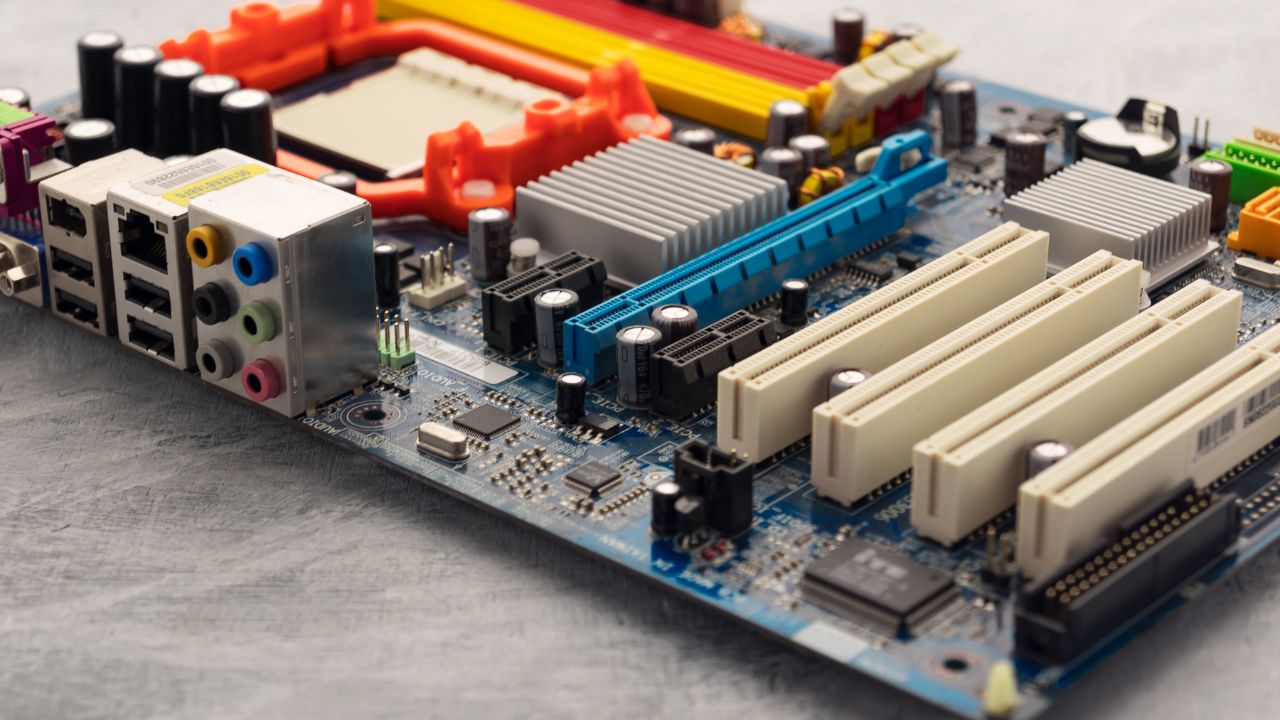Hair loss is one of the most common cosmetic concerns affecting men across all age groups. Whether it’s a receding hairline, thinning crown, or complete baldness, hair loss can have a significant emotional impact, influencing self-confidence, social interaction, and even career choices. Fortunately, the field of men hair loss treatment has evolved considerably in recent years, offering a variety of solutions—from medical treatments and lifestyle changes to advanced cosmetic procedures like scalp micropigmentation.
This article explores the key treatment options available for men, their benefits, and what factors to consider when choosing the best approach for your specific condition and lifestyle.
Understanding the Causes of Hair Loss in Men
Before choosing a treatment, it’s important to understand why hair loss occurs. The most common cause in men is androgenetic alopecia, also known as male pattern baldness. This condition is largely hereditary and is influenced by the hormone dihydrotestosterone (DHT), which causes hair follicles to shrink over time.
Other causes of hair loss may include:
- Stress and anxiety
- Nutritional deficiencies
- Autoimmune conditions like alopecia areata
- Scalp infections
- Medications or illness
- Poor scalp health
Identifying the root cause is essential in determining the most suitable treatment plan. Consulting a qualified hair loss specialist or dermatologist can help ensure a proper diagnosis.
Medical Treatments for Male Hair Loss
Medical treatments remain the first line of defence for many men experiencing early or moderate hair loss. These can include:
Minoxidil
Minoxidil is a topical solution applied directly to the scalp. It works by widening blood vessels and stimulating hair follicles to enter a growth phase. While it does not reverse hair loss, it can slow progression and increase hair density when used consistently.
Finasteride
Finasteride is an oral medication that blocks the production of DHT, the hormone responsible for shrinking hair follicles. It’s highly effective for men with male pattern baldness, particularly when started early. However, it must be taken continuously, and some men may experience side effects such as reduced libido or mood changes.
Low-Level Laser Therapy (LLLT)
Laser therapy is a non-invasive option that uses red light to stimulate hair growth at the cellular level. It can be administered through in-clinic devices or at home using laser caps or combs. It’s most effective for early-stage hair thinning and is often used in combination with other therapies.
Cosmetic Solutions: Scalp Micropigmentation
For men seeking a non-surgical and low-maintenance solution, scalp micropigmentation (SMP) has emerged as a highly effective option. This technique involves the application of natural pigments into the scalp to mimic the appearance of short, shaved hair. It gives the illusion of a fuller head of hair and can be tailored to suit each individual’s natural hairline and skin tone.
Benefits of Scalp Micropigmentation:
- Immediate results: Unlike hair transplants or medication, SMP delivers instant visual improvement.
- No downtime: The procedure is minimally invasive with minimal recovery time.
- Long-lasting: Results can last 3–5 years with proper care.
- Safe for all stages: Whether you’re completely bald or dealing with patchy thinning, SMP is effective.
- No maintenance: Once healed, there’s no need for daily products or follow-ups.
SMP is ideal for men who are not candidates for surgery or who prefer a more affordable and reliable cosmetic solution.
Hair Transplant Surgery
Hair transplant procedures offer a permanent solution by relocating healthy hair follicles from a donor area (usually the back of the head) to balding or thinning areas. There are two main techniques:
- FUT (Follicular Unit Transplantation): Involves removing a strip of scalp and dissecting it into grafts.
- FUE (Follicular Unit Extraction): Individual follicles are extracted and transplanted one by one.
Both techniques provide natural-looking results when performed by a skilled surgeon. However, the success of a transplant depends on several factors, including the donor hair supply, the degree of hair loss, and post-operative care. It is also a more expensive option and requires some downtime for healing.
Lifestyle and Nutrition
While treatments can address the physical symptoms of hair loss, overall health and wellbeing play a supportive role in maintaining hair. Men are encouraged to adopt the following habits:
- Eat a balanced diet rich in iron, zinc, biotin, and protein
- Manage stress through regular exercise, meditation, or counselling
- Avoid smoking and excessive alcohol, which may worsen hair loss
- Maintain scalp hygiene using gentle, sulphate-free shampoos
These lifestyle adjustments not only support hair health but also enhance the effectiveness of any ongoing treatment plan.
When to Seek Professional Help
If you notice an increase in shedding, changes in your hairline, or scalp irritation, it’s best to consult a hair restoration specialist. Early intervention often leads to better outcomes, especially when using treatments like minoxidil, finasteride, or laser therapy.
A reputable clinic can offer a detailed scalp analysis, personalised treatment plan, and guidance on whether medical, cosmetic, or surgical interventions are most appropriate.
Choosing the Right Treatment for You
There’s no one-size-fits-all solution for male hair loss. The best approach depends on:
- The cause and stage of hair loss
- Personal preferences and comfort level
- Budget and time availability
- Desired speed and permanence of results
For some men, combining multiple treatments—such as medication with SMP, or laser therapy following a transplant—can deliver superior results. A comprehensive consultation can help you weigh the pros and cons of each option.
Final Thoughts
Hair loss can be emotionally and physically challenging, but with the range of effective men hair loss treatment options now available, it’s possible to regain control and confidence. Whether you choose medical solutions, a surgical approach, or cosmetic procedures like scalp micropigmentation, the key is to make an informed decision guided by professional advice.
Understanding the cause of your hair loss and committing to a treatment plan that fits your lifestyle will provide the best chance of restoring not just your hair, but also your self-esteem. Remember, hair loss is common—but so are the solutions.








